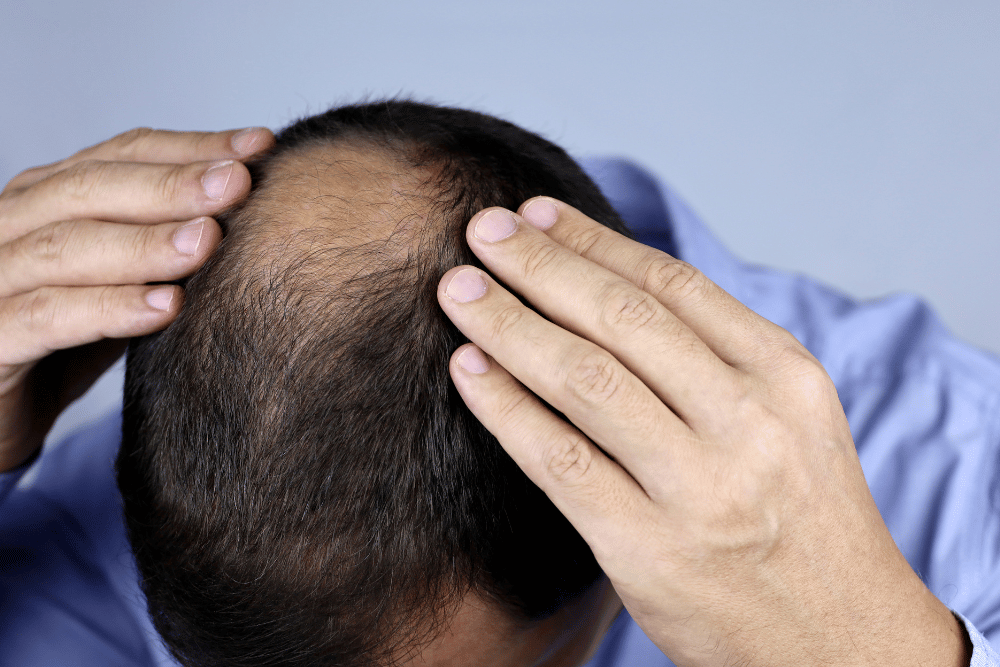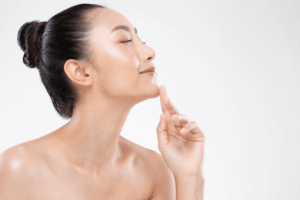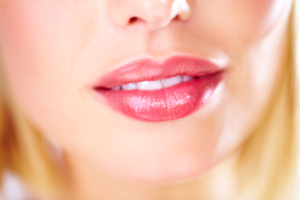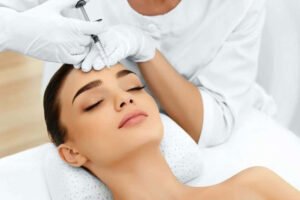Losing hair can be a distressing experience, and unfortunately, it’s often accompanied by a barrage of misinformation. From old wives’ tales to unfounded internet claims, it can be difficult to discern what’s true and what’s simply a myth. This blog aims to shed light on some common hair loss misconceptions and provide you with evidence-based facts to help you better understand and address hair thinning.

Myth 1: Wearing Hats Causes Baldness

The Misconception Explained
This is a widely circulated myth, often suggesting that wearing hats restricts blood flow to the scalp, leading to hair loss.
The Evidence-Based Truth
Generally, wearing hats does not cause permanent hair loss. While tight headwear might cause temporary traction alopecia (hair breakage due to pulling), normal hat usage doesn’t significantly impede blood circulation to the scalp or damage hair follicles in a way that leads to baldness. Hair loss is primarily determined by genetics, hormones, and underlying medical conditions.
Myth 2: Frequent Shampooing Leads to Hair Loss

The Misconception Explained
Many believe that washing hair too often strips essential oils and weakens the hair follicles, resulting in increased hair fall.
The Evidence-Based Truth
Regular shampooing is actually crucial for scalp health. It removes dirt, excess oil (sebum), and product buildup that can clog hair follicles and potentially hinder healthy hair growth. While you might notice some hair falling out during washing (as these are often hairs that have already shed), shampooing itself doesn’t cause hair loss. The frequency of washing should be determined by your hair type and scalp oiliness.
Myth 3: Hair Loss Only Affects Older Men

The Misconception Explained
This is a common stereotype that overlooks the significant impact of hair loss on women and younger individuals.
The Evidence-Based Truth
Hair loss can affect anyone, regardless of age or gender. While male pattern baldness is prevalent, women experience various forms of hair loss due to hormonal changes, stress, medical conditions, and other factors. Even teenagers and young adults can experience noticeable hair thinning. Recognizing that hair loss is not exclusive to older men is the first step towards seeking appropriate help for everyone affected.
Myth 4: Hair Growth Shampoos and Miracle Cures Work

The Misconception Explained
The market is flooded with shampoos and other products promising to regrow hair or prevent hair loss.
The Evidence-Based Truth
While some specialized shampoos can support scalp health and potentially reduce breakage, the vast majority of over-the-counter “hair growth” products lack significant scientific evidence to back their claims of substantial hair regrowth or preventing genetic hair loss. Effective treatments for hair loss often involve FDA-approved medications, in-office procedures, and personalized approaches guided by a qualified professional.
Conclusion:
It’s easy to fall prey to the many myths surrounding hair loss. However, understanding the evidence-based facts is crucial for making informed decisions about your hair health. If you’re experiencing hair thinning or loss, seeking professional advice is the most effective step towards accurate diagnosis and appropriate treatment.
Concerned about hair loss? Schedule a consultation with Dr. Vini Singh at Ziva Wellness today. Our expert team can provide a comprehensive evaluation and discuss evidence-based solutions tailored to your individual needs.




